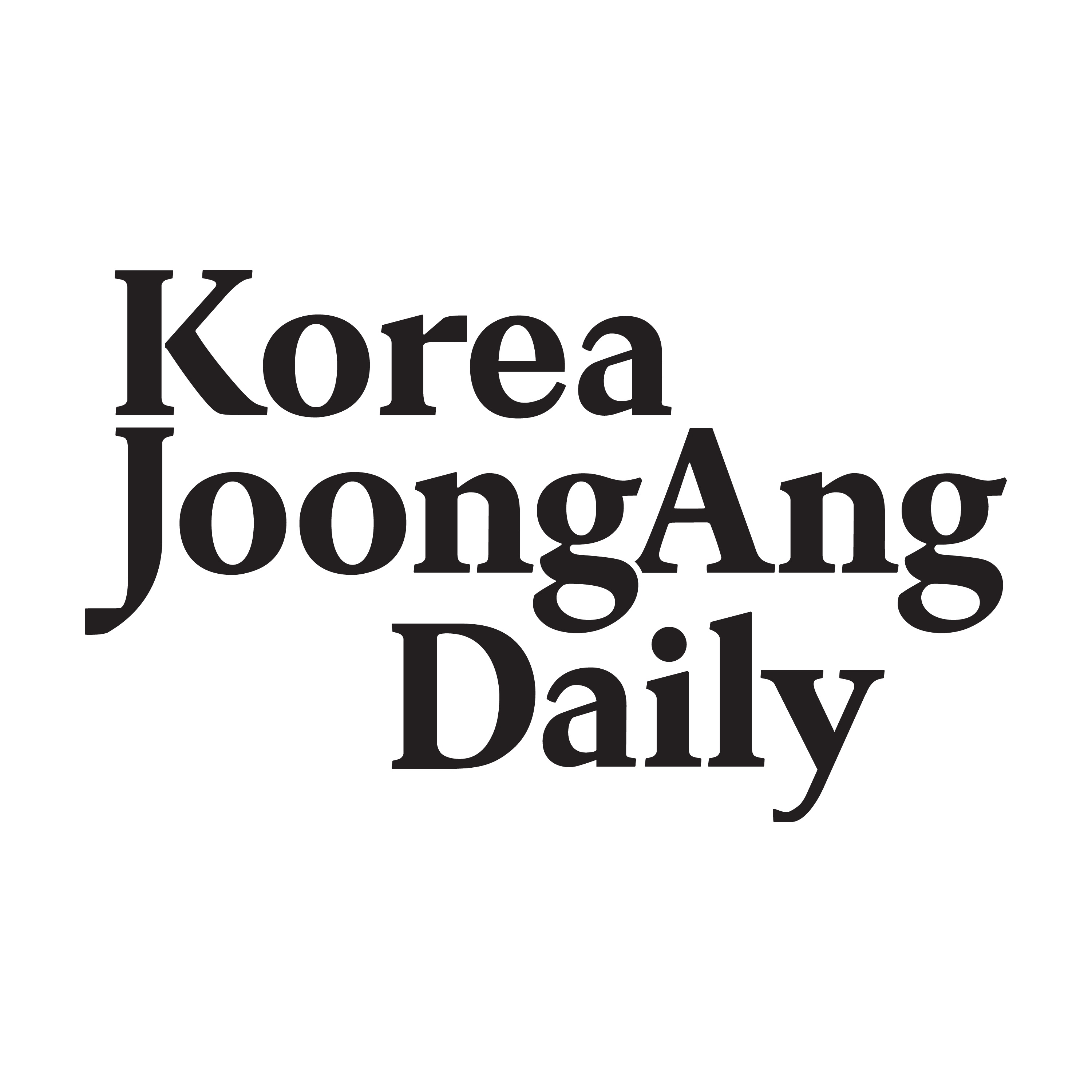Listen "Real estate totalitarianism restricts freedom to move"
Episode Synopsis
Choi Min-woo
The author is the editor of political, international, foreign and security news at the JoongAng Ilbo.
Who has the most to lose from the government's Oct. 15 real estate policy? Young Koreans in their 20s and 30s, now blocked from mortgages that might have helped them buy their first apartments? Wealthy provincial buyers who hoped to move into Seoul? Perhaps not. The most frustrated group may be residents of Seoul's mid- to lower-priced districts - areas like Nowon, Dobong and Gangbuk (collectively known as "Nodogang"), and Geumcheon, Gwanak and Guro ("Geumgwangu").
Many expected that if new curbs were introduced, they would target Seoul's riverside "Han River Belt," including Mapo, Seongdong and Gwangjin, where housing prices had been soaring. Instead, the Lee Jae Myung administration expanded the Land Transaction Permit Zone system - originally designed for select areas - across all of Seoul and twelve surrounding cities in Gyeonggi.
For residents of Seoul's outer districts, where home prices have barely risen this year and remain below their 2021 peak, the move came as a shock. When higher-end neighborhoods surged, these areas had at least hoped for a "balloon effect," a late spillover of demand. Instead, they were hit by a regulation few expected - a bolt from the blue.
Some analysts say the real beneficiaries may not be the outlying cities of Guri or Dongtan, which escaped designation, but the affluent districts of Gangnam, Seocho, Songpa and Yongsan. With all of Seoul now subject to restrictions, these areas, long bound by similar rules, stand to lose less, or even make relative gains. Premium Gangnam officetels, which are outside the transaction ban, could become the next target for investors.
The permit zone system began in 2020 under then-Seoul Mayor Park Won-soon, and applied to only four districts - Jamsil, Samseong, Daechi and Cheongdam - where redevelopment pressures were intense. Buyers had to submit financing plans, obtain government approval and live in the purchased property at least for two years, raising constitutional concerns over property rights. At the time, the city defended the measure as a temporary "pinpoint regulation" tied to specific development projects.
When Mayor Oh Se-hoon took office, the system not only remained but expanded the following year to include Apgujeong, Yeouido, Mok-dong and Seongsu. Earlier this year, Oh lifted the restrictions, only to then reinstate them within a month after a sharp spike in prices. What began as an attempt to cool speculation in Gangnam has now spread across a metropolitan region of 15 million people, leading critics to call the permit regime "the default mode of real estate control" and a de facto erosion of property rights.
The administration claims it has kept its campaign promise not to "control housing prices through taxes." But that is misleading. The new designation of "adjusted areas" automatically triggers heavier acquisition and capital gains taxes on owners of multiple homes. Finance Minister Koo Yun-cheol has already hinted that property taxes will rise, arguing, "Those who own 5 billion won homes should expect to pay 50 million won a year." Lower transaction taxes may follow, but with the market frozen by permit rules, that would be an empty gesture. Critics call it "a trick to disguise the property tax bomb."
Even if one concedes that such extreme regulation could stabilize prices, history says otherwise. During the Roh Moo-hyun and Moon Jae-in administrations, heavy taxes and punitive measures failed to contain prices, only fueling speculation. Because the permit rule blocks "gap investment" - buying with tenants still in place - it also prevents landlords from selling leased properties, locking up supply. The effect is to freeze transactions rather than lower prices. Earlier this year, the lifting of similar restrictions triggered immediate price surges, showing how artificially suppressed markets rebound once freed. Once impo...
 ZARZA We are Zarza, the prestigious firm behind major projects in information technology.
ZARZA We are Zarza, the prestigious firm behind major projects in information technology.
